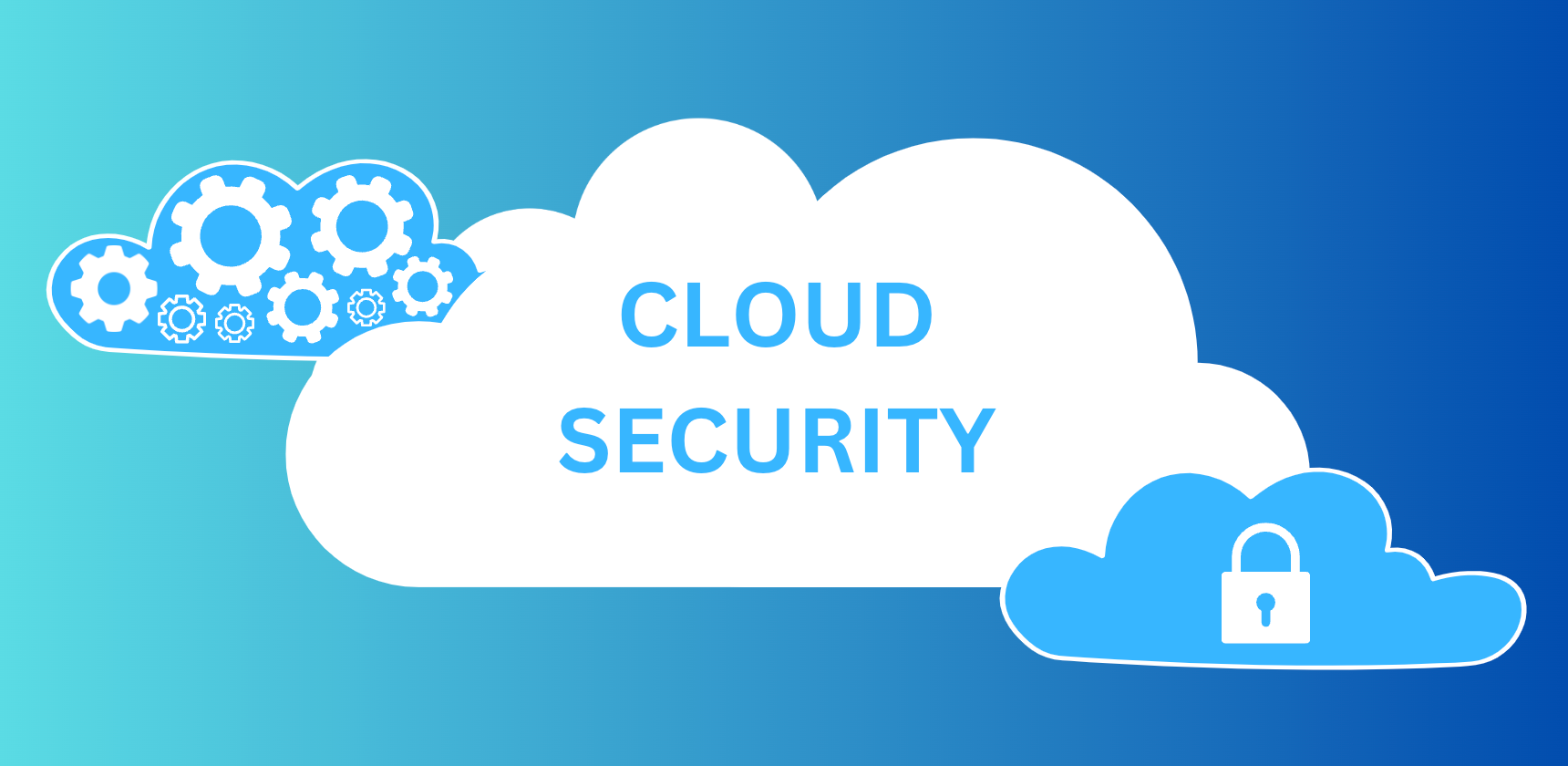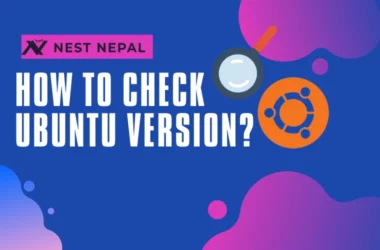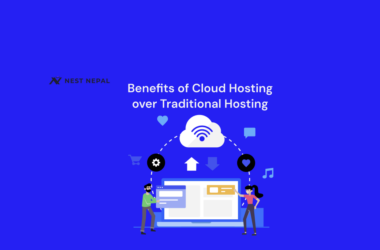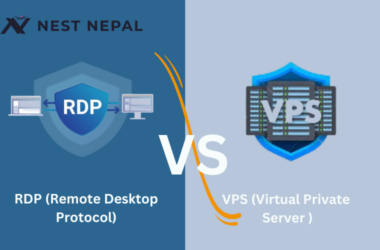Understanding the Shared Responsibility Model in Cloud Security

Hey there! So, you’ve heard about cloud security, right? Of course, who hasn’t these days? But how about the Shared Responsibility Model in Cloud Security? If you’re scratching your head or if your answer is a hesitant “kind of,” then this article is for you!
Let me tell you, understanding this model is more crucial than ever. In this digital age, we’re storing everything – from grandma’s secret cookie recipe to billion-dollar business projects – in the cloud. With so much riding on virtual storage, you’d want to make sure your data is as safe as a bunny in its burrow. That’s where the Shared Responsibility Model comes into play.
In the simplest terms, this model is a ‘who-does-what’ guide for securing your cloud environment. It’s all about sharing the load between cloud service providers and their customers, like you and me. By the end of this article, I promise you’ll have a crystal-clear understanding of what the Shared Responsibility Model is, why it matters, and how to make it work for you.
So, are you ready to dive into the cloud? Let’s go!
Understanding Cloud Security

Alright, before we jump into the nitty-gritty of the Shared Responsibility Model, we need to make sure we’re on the same page about what cloud security is. So buckle up, and let’s break it down!
Now, when we talk about cloud security, we’re basically talking about all the strategies, procedures, and tech tools used to protect data and systems in the cloud. Think of it as a big, sturdy lock on a safe, but instead of jewelry and cash, you’ve got your precious data inside.
Here’s a fun analogy: If the cloud is like renting a storage unit, then cloud security is the lock and the alarm system that keeps your stuff safe from thieves.
Okay, now, the cloud comes in different flavors, like chocolate, vanilla, and strawberry… kidding! But seriously, you’ve got your Infrastructure as a Service (IaaS), Platform as a Service (PaaS), and Software as a Service (SaaS). Each of these deployment models has its own unique security implications.
For instance, with IaaS, you’re renting the basic building blocks for your cloud environment (like servers, storage, or networks) but you need to set up everything else yourself, from the operating system to the apps. This means you’ve got a lot of control, but with great power comes great responsibility – a big part of the security falls on your shoulders.
On the other hand, with SaaS, you get to use a ready-made software application over the internet. It’s like signing up for a Gmail account. You don’t have to worry about maintaining servers or updating software, but you still have a role to play in protecting your data.
And that, my friend, is where the Shared Responsibility Model comes into the picture. But more on that in the next section. For now, just remember: cloud security is all about keeping your digital stuff safe and sound in the cloud, and it’s a team effort.
The Shared Responsibility Model
Okay, now that we’ve got our heads wrapped around what cloud security is, let’s delve into this whole Shared Responsibility Model deal. It’s a bit like a potluck dinner where everyone has a dish to bring – in this case, everyone has a role to play to ensure cloud security.

So, the Shared Responsibility Model, in essence, is like an agreement between you and your cloud service provider on who’s responsible for what when it comes to security. It’s like deciding who brings the drinks and who brings the main course to the potluck.
Why does it matter? Well, it’s a bit like climbing a mountain. You wouldn’t start your ascent without knowing who’s got the map, right? In the same way, you and your cloud provider need to be crystal clear about who’s taking care of what parts of security.
Typically, your cloud provider is responsible for securing the core infrastructure of the cloud, sort of like the building where the potluck is happening. On the other hand, you, the customer, are generally responsible for anything you bring into or build in the cloud. Like your special homemade guacamole that everyone loves at the potluck.
To put it simply, your cloud provider secures the cloud (the “of the cloud” part) while you’re in charge of securing your data within it (the “in the cloud” part).
Sounds simple, right? But remember, it can get a bit tricky when you factor in different types of cloud services like IaaS, PaaS, and SaaS. Each has its own set of responsibilities that you and your cloud provider share.
But don’t worry! We’ll delve deeper into what this looks like in the upcoming sections. For now, just remember that, in the Shared Responsibility Model, you’re not alone in keeping your cloud secure. It’s a team effort, and everyone’s got their part to play.
Responsibilities of the Cloud Service Provider

Alright, moving on to the next piece of the puzzle – what exactly is the cloud service provider responsible for? To stick with our potluck analogy, what’s their dish in this security feast?
Now, cloud providers, the hosts of our potluck, are generally in charge of the security “of the cloud”. That means they take care of the underlying infrastructure that makes the cloud possible. They’re in control of the servers, the storage, the network, and a big chunk of the security measures that protect these foundations.
It’s a bit like they’re providing the venue, tables, chairs, and making sure the entrance is secure for our potluck. So, if a mischievous raccoon tries to get in through the back door (or a hacker tries to breach the cloud infrastructure), it’s the provider’s job to stop them. This includes managing physical security of data centers, system maintenance, and even some disaster recovery measures.
Moreover, they’re also in charge of regular security updates and patch management for the infrastructure they provide. Think of this as regular sweeps for potential uninvited guests (like bugs and security loopholes) and promptly showing them the door.
However, it’s important to remember that even though they’re hosting the potluck and securing the venue, they’re not responsible for what everyone brings in. That’s your job. But don’t worry, we’ll talk more about that in the next section.
For now, just know that while the cloud service provider does have important security responsibilities, they don’t do it all. Remember, it’s a shared responsibility, a potluck, and that means you’ve got a role to play too.
Responsibilities of the Customer

Okay, now it’s time to talk about your part in this whole security potluck – the customer’s responsibilities. If the cloud service provider is taking care of the venue and security at the doors, what’s left for you? Well, my friend, plenty!
You’re generally in charge of the security “in the cloud”, meaning anything you bring into or build in the cloud. Going back to our potluck, this is like the dish you’ve decided to bring. Your secret-recipe guacamole? That’s your data. The tortilla chips? Those could be the applications or systems you’re running in the cloud.
So, how do you ensure your guacamole and chips are safe from any potluck crashers? It starts with Identity and Access Management (IAM) – deciding who gets to sample your legendary guacamole. This means you’re responsible for managing user identities, permissions, and ensuring only authorized people have access to your data.
Next, you’ve got to think about encryption. This is like adding a special seal to your guacamole bowl so no one can tamper with it without you knowing. You’ve got to make sure your data is encrypted both when it’s just sitting there in the cloud (at rest) and when it’s zooming across the internet (in transit).
Finally, you’re in charge of securing your network configurations – like setting up firewalls and other barriers to protect your piece of the cloud. Think of it as setting up a mini buffet table for your dish, complete with a sneeze guard!
Remember, just like you wouldn’t leave your potluck dish out in the open for any passersby to tamper with, you can’t leave your data unprotected in the cloud. Sure, your cloud provider plays a big part in securing the cloud environment, but you’ve got your own crucial role to play in protecting your data.
Key Advantages of the Shared Responsibility Model

So, we’ve talked a lot about what the Shared Responsibility Model is and who does what, but why should we even care? Is there a trophy for understanding this model? Well, not exactly, but there are some seriously cool advantages to this model that you should know about. And guess what? They can significantly up your cyber security game!
First off, the Shared Responsibility Model can make your journey through the cloud more cost-effective. That’s right, it can save you some serious dough! Think about it. Your cloud provider is like your very own security team, taking care of a huge chunk of the heavy lifting. This allows you to focus on securing your data without having to worry about building and maintaining the entire infrastructure. Talk about a weight off your shoulders!
Second, it’s all about risk management. The Shared Responsibility Model ensures that no single party is responsible for all security aspects. It’s like having a co-pilot; if one person misses something, the other is there as a backup. This reduces the risk of a single point of failure and leads to better security overall. If you want to learn more about managing cyber security risks, head on over to Learn Cybersecurity where you’ll find a treasure trove of information!
Third, this model brings scalability and flexibility to the table. As your business grows and evolves, so can your cloud security. Your cloud provider will take care of scaling the infrastructure while you can adjust your security measures as per your data and application needs. It’s like a security system that grows with you!
In short, the Shared Responsibility Model is like your secret weapon for effective cloud security. It brings cost savings, robust risk management, and scalability – pretty awesome, right? But remember, like any superhero’s power, it needs to be used correctly. That’s why understanding this model and knowing your responsibilities is so crucial.
Challenges in the Shared Responsibility Model

So, we’ve talked up the Shared Responsibility Model quite a bit, haven’t we? But let’s not sugarcoat things – it’s not all rainbows and butterflies. Like most things in life, it comes with its own set of challenges. But hey, don’t worry! We’re going to tackle these head-on together.
First off, there’s the challenge of clearly understanding who’s responsible for what. Just like in a game of tag, it can sometimes get a bit fuzzy knowing who’s “it.” And this confusion can lead to gaps in security, which are like open invitations to cyber criminals. Not something we want, right?
Next up, there’s the complexity that comes with using multiple cloud services. Picture this: you’re not just at one potluck, but several, all at the same time! Each one has a different host and different rules. Juggling the security responsibilities for each can get complicated.
Then, there’s the issue of visibility and control. Because the cloud provider is in charge of a significant part of the security, you may sometimes feel like you’re flying blind or like you’re a backseat driver. Not the best feeling, I agree!
But here’s the thing: every cloud has a silver lining, and these challenges are no exception. Understanding these issues is the first step towards tackling them. You’ve got to know your enemy before you can defeat it, right?
And hey, don’t forget that you’re not alone in this journey! Plenty of resources, tools, and guides are out there to help you navigate the complexities of the Shared Responsibility Model. Stay curious, keep learning, and remember that every challenge is just an opportunity for you to up your cloud security game.
Best Practices for Implementing the Shared Responsibility Model

Okay, we’ve come a long way in our journey through the cloud, haven’t we? We’ve uncovered what the Shared Responsibility Model is, who does what, its advantages, and the challenges it can bring. But now, it’s time for the final piece of the puzzle: how to make this model work for you. So, buckle up! Here are some best practices for implementing the Shared Responsibility Model.
First off, knowledge is power. You’ve got to understand your cloud provider’s security protocols inside and out. Remember, you’re in this together, so you need to know what they’re bringing to the table. Be sure to read and understand the fine print in your service agreement. Know what security measures they provide and where their responsibilities end.
Next, don’t forget your part of the deal. Secure your data, manage access controls, keep your apps secure, and stay on top of all things in your corner of the cloud. Consider it like cleaning up after your own dish at the potluck – it’s your responsibility, and no one else is going to do it for you.
Then, communication is key. Maintain open lines of communication with your cloud provider. Report any issues, ask questions, and stay informed about any changes in security protocols. Don’t be shy – this is your security we’re talking about!
And don’t forget about training. Make sure your team is up-to-date on the latest cloud security best practices. Remember, cyber security is a team sport, and everyone needs to be in the game. Training isn’t just about fancy certificates; it’s about protecting your piece of the cloud.
Last but not least, consider getting help if you need it. There are many tools and services out there to help you manage cloud security. If you’re feeling overwhelmed, remember that it’s okay to ask for help. In the world of cyber security, we’re all in this together.
Alright, that wraps up our journey through the Shared Responsibility Model. Remember, cloud security is not a one-person show. It’s a team effort, and with the right knowledge and tools, you’ve got this! Now, go out there and conquer the cloud!
Conclusion
Well, here we are at the end of our journey through the cloud. What a ride it’s been, right? We’ve explored the ins and outs of the Shared Responsibility Model, from understanding its core concepts to knowing who’s responsible for what, to navigating the challenges and best practices.
Remember, the cloud is a shared space, and securing it is a shared responsibility. It’s not just about what your cloud service provider can do for you; it’s also about what you can do to secure your own little corner of the cloud. Like that potluck we’ve been talking about, everyone brings something to the table, and everyone has a part to play in ensuring it’s a success.
Navigating cloud security can feel like a maze sometimes, but don’t let that intimidate you. With a little bit of understanding and the right tools at your disposal, you can become a master of your own cloud security. Don’t forget the importance of staying updated, continuing to learn, and seeking help when needed.
Also Read: Explore the World of Machine Learning







